Photos
- No uploaded files
Description
- 406
- Vessel handle, fragment
- 3rd or 4th c. AD ?
- White densely grained marble that takes a high polish.
- L. total, 7. 65 cm; diam. of the semicircular section at the thicker end, 6 cm diminishing to 2.5 cm. At the thinner end are two attachment faces, l. 2.5 cm and 1.1 cm respectively. Dowel hole, diam. 3 mm, 1.4 cm deep.
- Both finished ends are well preserved, with only slight chipping and roughening finished surfaces of the ends. dowel cuttings at either end clean. There are scattered small areas of encrustation on the display surface, thorough encrustation on the attachment face of the broad end, slight roughening and scratches across the outermost curve. Otherwise the surface is smooth with traces of polish.
- This is a thick, well-preserved tapered segment of a marble vessel with a pieced, loop-handled, such as a cantharus or crater. It is semi-circular in section with a flattened inner face. Intact are dowel holes at either end for attachment to the vessel, and to another portion of handle that will have been carved in one piece with that vessel. The broader end has one attachment plane cut obliquely across the section; the narrow end has two cut faces as if doubly beveled.
- The complex cuttings for piecing as well as the excellent marble and surface finish attest to a piece of high quality - an enlarged cantharus cup, or more likely, a small crater. The vessel was perhaps half a meter tall. This is relatively small for Roman decorative marble craters, which were often very large, even colossal relative to the actual vessel depicted , They typically had complex body ornament, and handles often had relief ornament too. The smaller urns of the later 2nd c. through late antiquity were instead more often plain-bodied. While it is not easy to date this piece precisely, associated fragments of ornamental,, plain marble vessels from the same context as well as the delicate rim fragment from nearby SU 1215 suggest a date in the 3rd or even 4th c. AD . Some of these fragments may have come from the same vessel, perhaps especially all those from SU 1833.
- See S 35.













